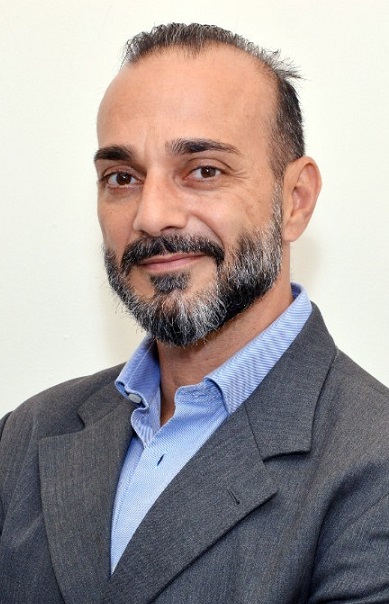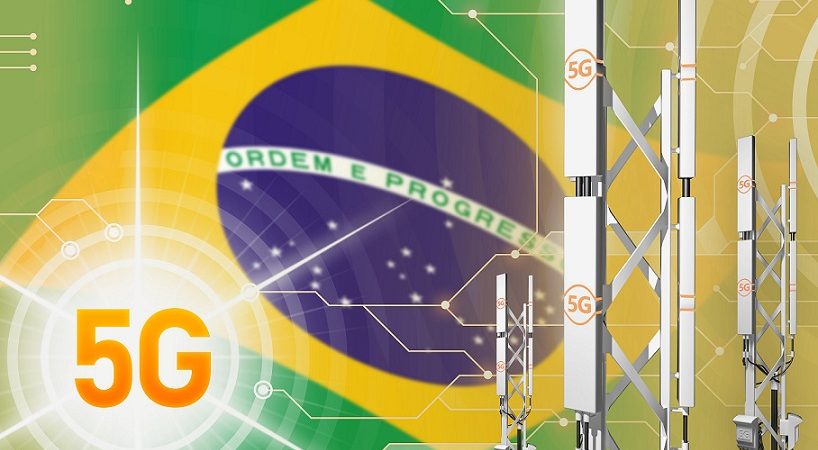Ari Montoya, Commercial Director at Grupo Binário, tells us that to achieve global connectivity goals, the Brazilian telecommunications industry must invest heavily in innovative technologies.

In the last three years, the telecommunications industry has played a vital role as a technological ally enabling the rapid and drastic changes to new working and consumption models caused by the COVID-19 pandemic.
The corporate world and society were already going through accelerated digitalization. It required investments and quick responses by operators to meet the demands of advanced connectivity and ensure the continuity of the ‘everything remote’ scenario, preserving an incalculable number of jobs and avoiding the impact of a possible social upheaval.
In Brazil, a country of continental dimensions, we have always experienced the problem of how to take communications to remote places that are difficult to access and unite less privileged communities.
The International Telecommunication Union (ITU) recently released its new universal connectivity goals. They state that by 2030 everyone over the age of 15 should have Internet access and a cell phone, all schools and homes should be connected, and broadband speeds should be at least 10 Mbps.
The Brazilian telecommunications ecosystem will need to make an effort to invest in innovative technologies and adhere to new public policies that are under discussion on how to serve remote areas, the outskirts and the vulnerable population to meet these ambitious global goals.
Innovation is then present, and 5G emerges as an option to respond to some of the principal demands of society, help to face and overcome the challenge of reducing social inclusion and align with the ITU goals.
An estimated 40 million Brazilians currently lack Internet access service. Meanwhile, in the United States, according to the consultancy BroadbandTrends, by early 2021, the number of broadband subscribers has reached 135.5 million, with 26.5 million residential fiber optic services (FTTH) subscribers, 87.4 million cable broadband subscribers and more than 360 million 5G subscriptions expected in North America by 2026.
5G drives the modernization and growth of agribusiness
This data confirms the size of an existing digital divide in Brazil that must decrease to maintain sustainable growth.
5G is an enabling technology for essential changes to promote the development of principal sectors of the economy as agribusiness because, despite its importance in the economy, it is estimated that the Internet is still not present on more than 70% of farms.
5G can benefit rural areas because the advanced features of this technology, with higher data transfer speeds, lower latency and capacity for up to a million connected devices, will enable many appliances, machines and drones to operate through the Internet of Things (IoT) connections.
This revolution will create jobs, new working methods and specializations, increasing the efficiency of this industry and helping to reduce the existing social inequality in rural communities.
The deployment of 5G in the country is indeed one of the top priorities of operators due to the business opportunities and significant growth that the technology will generate, especially for ISPs. These companies should use the core networks to reach and bring the Internet to less favored regions.
This positive change in the sector will demand the expansion and modernization of existing network infrastructures and the deployment of new networks to accommodate 5G.
It will open up a range of opportunities for companies specializing in IT integration and service provision, a consequent generation of jobs, as well as an improvement in the quality of life in the regions where they operate, helping to reduce social inequalities in the country.
Click below to share this article

